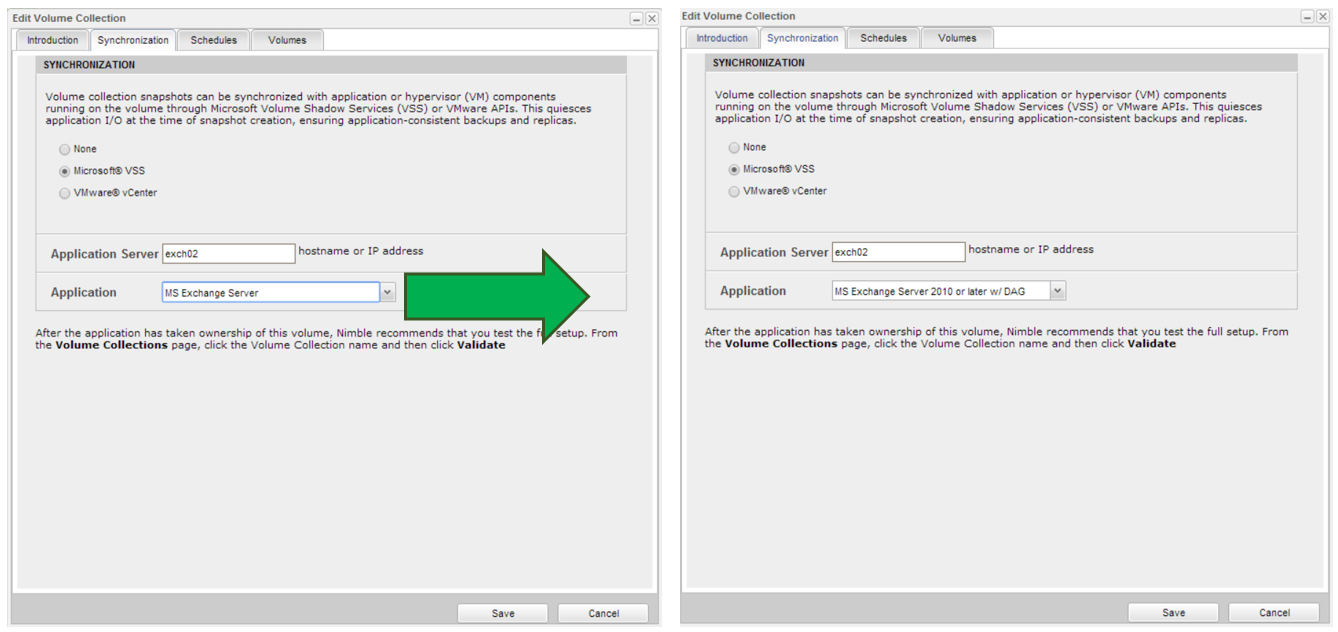How To Remove Exchange Server 2010 Transaction Log Files

We recently discovered that an Exchange Server could not accept any (external) messages anymore due to low disk space. It is the Exchange 'Back Pressure' feature that caused the Exchange Server to stop sending emails.
When an Exchange Server database is backed up by a proper application-aware backup product, after the backup is finished the backup program will issue a command to VSS (Volume Shadow-copy Service) on the server that the backup was successful and to go ahead and truncate the transaction logs. The server then proceeds to remove the transaction log files up to the nearest checkpoint prior to the backup commencing. Download your FREE trial of SolarWinds Log & Event Management tool. Exchange 2010 Server SMTP Logs. In Exchange 2010 server, SMTP (Simple Mail Transport Protocol) has several shades of meaning. On this page I use the word SMTP in the context of understanding logs. These SMTP logs contain records of each server’s email conversations.
Now using a tool I found that there are many log files (.log) in directory:
These log files take up several GBs and thus all my resources (disk space), causing my problem.

I had that specific directory open for a few minutes and it was updating and adding logs. To me it looks like it logs every incoming (?)/outgoing (?) email.
Questions:
- Is it safe to manually delete these mailbox database .log files or should this be done by an Exchange tool?
- How can I control this logging? (enable/disable/auto-cleanup/... settings?)
- What exactly does such a mailbox database .log file contain?
Thanks in advance.
juFojuFo3 Answers
- No it is not safe to simply delete log files to free space. They are critical to the functionality of Exchange.
- You can use an Exchange aware backup solution that can truncate the logs (delete them) once a backup is completed. Another option is to use circular logging (But will remove recoverability of data if you do not have a backup solution). This is extremely high level and you need to decide on which strategy is best for your environment.
- Log files track changes to a users mailbox and to ensure no loss of data in the event of a dirty shut down of a database.
In addition, you've created a mailbox in the default location. It is best practise to create a new volume for the databases and another for the log transaction files.
Good article describing the same issue you have: http://exchangeserverpro.com/exchange-2010-faq-disk-filling-log-files/
My solution:
Backup the Server once (Windows Backup). In the options select Advanced and for VSS (Volume Shadow Services) select Full.This will backup the server and compact the log file.
The log is needed for recovery. So when you backup with VSS settings to Full, Windows Server will compact the log after a successfull backup. Because your data is backupped, it is sure it can compact the log because recoverey can be done via the backup instead of the transaction log file.
juFojuFoFor me the backup solution didn't work out, although I have set up a daily incremental backup in Windows Backup, the logs were not truncated, as stated by Microsoft docs.So my solution was to enable circular logging:
How To Remove Exchange Server 2010 Transaction Log Files Free
and simply reboot the server. (you could also unmount and mount the mailbox datastore)
Not the answer you're looking for? Browse other questions tagged exchange-2010log-files or ask your own question.
I noticed and increase in size of our backup jobs and research and seen it was the transaction log files totaling up to 47.6 Gb or a month0019s worth or log files. I am running Symantec Backup Exec 11d with the Backup method of 'Full - Database & Logs (flush committed logs)', which is Exchange Aware. Also I looked in Exchange Management - Server Configuration - Mailbox - Mailbox Server - Storage Group - Mailbox Database - right clicked selected properties and found the last full backup was today0019s date and time. I am not sure why these log files are not being purged since I am running Exchange Aware software. Will you please help. Thanks.Exchange Server 2010 Release Date
Mailbox.bmpBackupExec.bmp
Comments are closed.